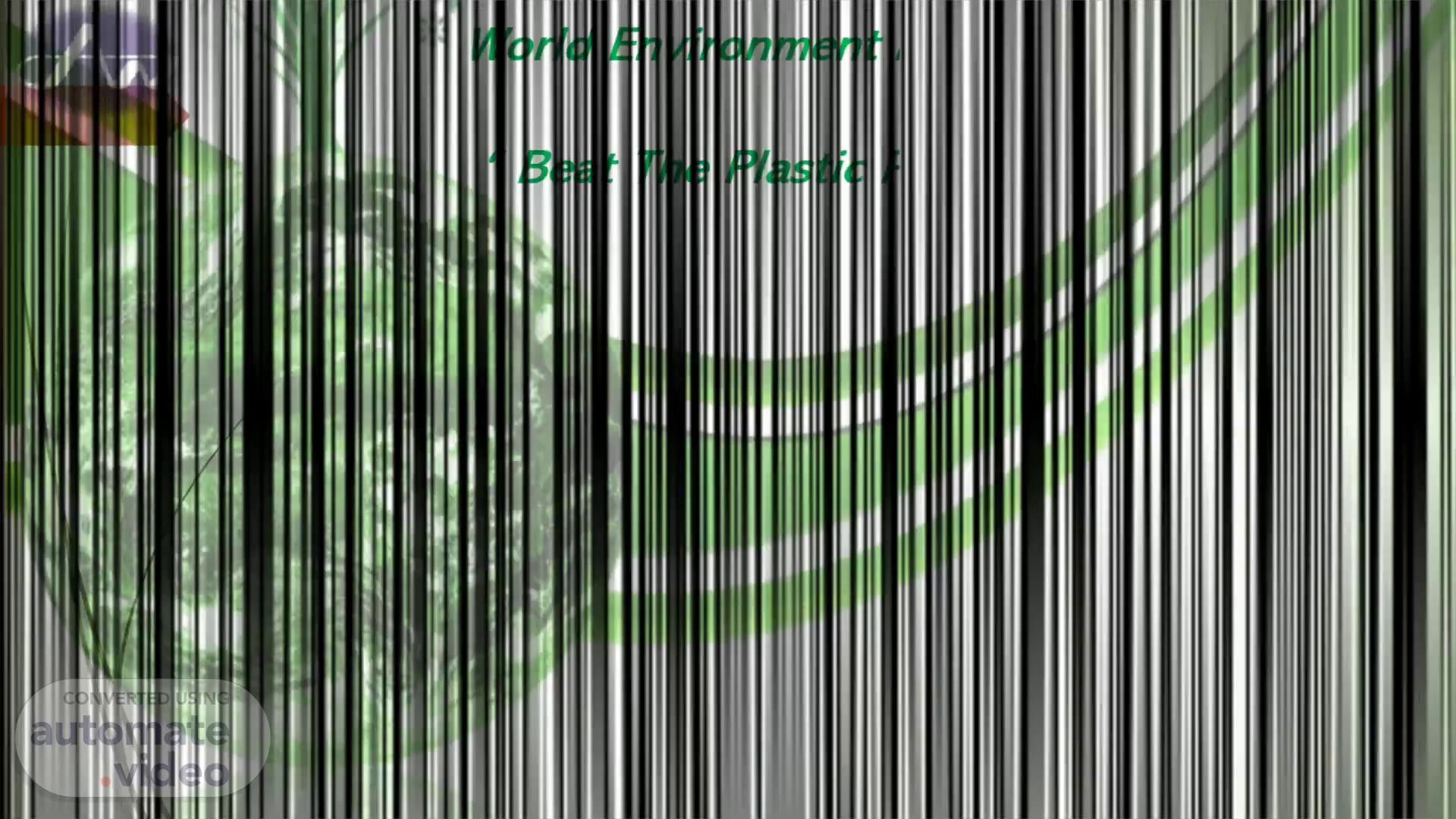
PowerPoint Presentation
Scene 1 (0s)
A green globe with a plant growing from it Description automatically generated with low confidence.
Scene 2 (15s)
Norld Environment Dav Pledae.
Scene 3 (22s)
A forest covered in mist. Antipollution trees, also known as pollution-absorbing or air-purifying trees, are a concept that refers to certain tree species that have the ability to remove or reduce pollutants from the air. While all trees provide some level of air purification by absorbing carbon dioxide and releasing oxygen through the process of photosynthesis, certain tree species have additional characteristics that make them more efficient in reducing air pollution. Here are a few tree species that are known for their ability to mitigate pollution: Silver Birch (Betula pendula): Silver Birch trees are known for their ability to absorb and break down harmful airborne toxins such as benzene and xylene. They are commonly found in temperate regions and can be effective in reducing pollution in urban areas..
Scene 4 (56s)
English Ivy (Hedera helix): English Ivy is a climbing vine that can be grown on walls and buildings. It has been found to effectively reduce air pollutants such as formaldehyde, benzene, and trichloroethylene. White Pine (Pinus strobus): White Pine trees have been shown to be efficient in capturing particulate matter from the air. Their long needles can trap airborne particles and help in reducing pollution levels..
Scene 5 (1m 18s)
Yellow leaves on tree. Ginkgo (Ginkgo biloba): Ginkgo trees are known for their resilience and ability to tolerate urban conditions. They have been found to absorb pollutants such as ozone, sulfur dioxide, and nitrogen dioxide, thereby improving air quality. Green Ash (Fraxinus pennsylvanica): Green Ash trees are known for their ability to absorb air pollutants, including carbon monoxide and sulfur dioxide. They are commonly found in North America and are often used in urban tree planting programs. It's important to note that while these tree species have demonstrated some level of pollution-reducing capabilities, they should not be seen as a standalone solution to combat air pollution.